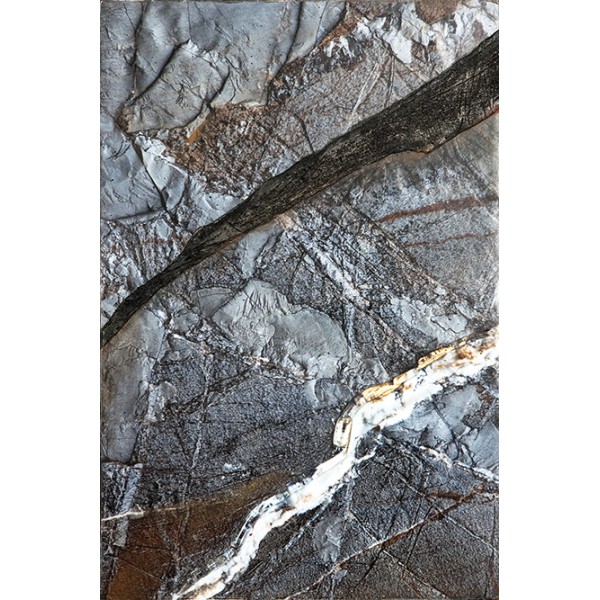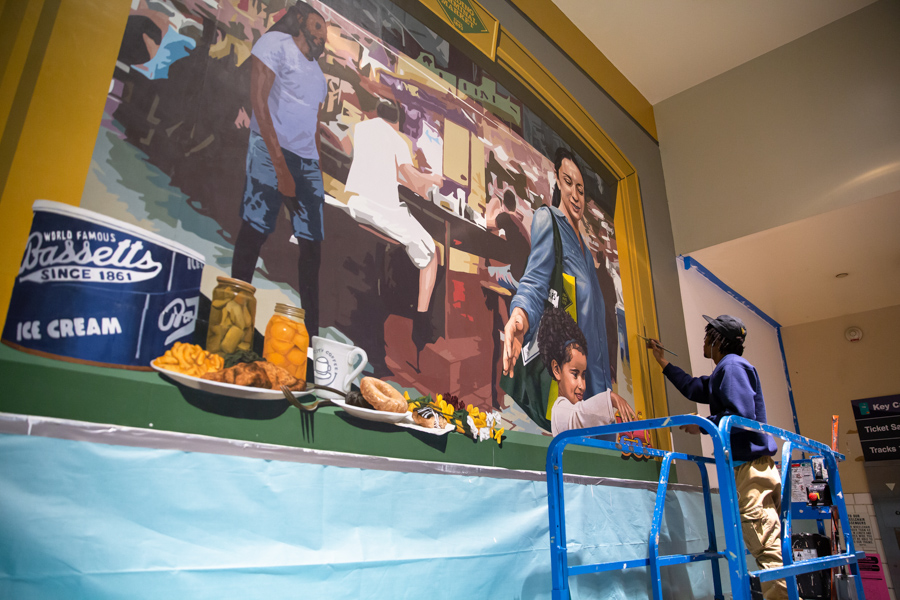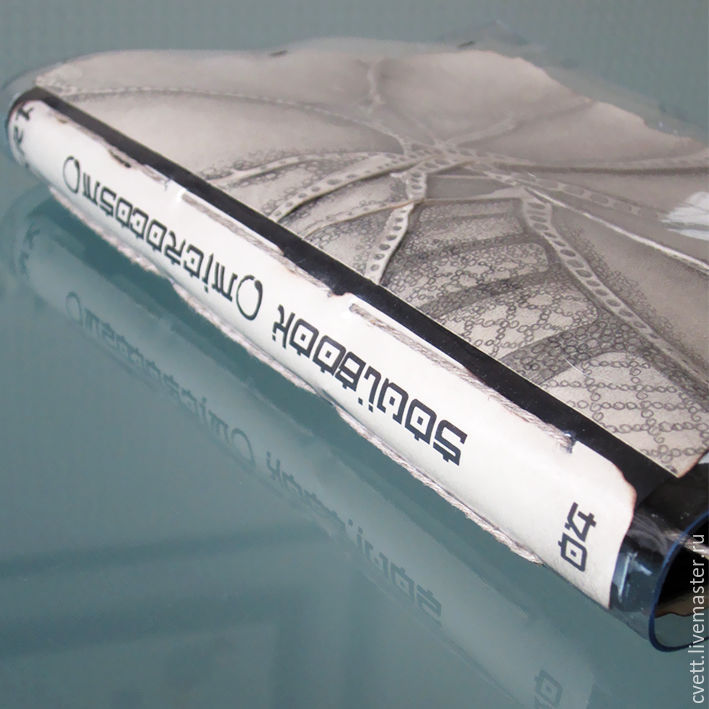

His work conveys the instability and chaos of those changes. Liu represents a generation, born in the 1970s in the midst of the Cultural Revolution, which grew up to see China shift dramatically with the Open Door policy and the advent of globalization. But somehow, we are unflinchingly convinced of its existence.”

He says, “We can’t truly experience this micro world. For moCa chief curator Courtney Finn, “ Microcosm is the building block for a new future or a new world, almost like an idea of what a futuristic quest for a place might look like.” Liu chose the title because he wanted to convey atoms colliding in a microscopic world. Terrifying and seemingly unstable, Microcosm forms a futuristic spectacle of spheres and curves, reminiscent of propellers and spiraling architectural elements. The high point of the exhibition came with Microcosm (2019), an astounding assemblage of monumental forms, practically bursting out of a floor-to-ceiling glass enclosure. The condition of these machines speaks volumes about the conditions experienced by Liu while he was growing up. New World (2006/2019) is even more personal, with its eerie graveyard of Chinese household appliances from the 1980s-a refrigerator, a microwave, a washing machine, and a television-each cut in half to expose its inner workings. A closer view prompts the painful recognition that it is really carved out of hundreds of compressed books, their texts destroyed. The exhibition never happened, but a visceral sense of violence remains in the anti-monumentality of the work, reinforced by the amazing skill behind its fabrication.Īt moCa Cleveland, a survey of works from the last five years began with Library V-III (2014), an unwieldy configuration that from afar seems to be made of marble. The first version of Love It, Bite It (2004) was made for an exhibition curated by China’s “bad boy” Xu Zhen, and they planned to release a pack of dogs to devour the work at the opening. The dog’s hunger for food is the same as the insatiable human lust for power. But for me, it was very powerful.” In the sculptures, we see what’s left. Watching his dog munching on a rawhide chew, Liu realized the potential metaphor in the animal’s desire and passion: “After being gnawed on by the dog, the chews became really gross…melted by saliva and really dirty. Resembling ruins from a fallen empire, these oversize sculptures convey the passage of time, as well as the struggle to maintain power endemic to all political institutions, without referring to specific countries or targets.

As Jill Snyder, former director of moCa Cleveland notes, “The exhibition achieves an arc from the specificity of Liu Wei’s time and place to something magical and universal, which is referenced in the title ‘Invisible Cities.’” Journeying through Liu’s terrain, viewers discovered either the limits of personal provincialism or the expanse of a shared commonality with the rest of the world.Īt the Cleveland Museum of Art, Liu filled a gallery with Love It, Bite It (2014), a dystopian collection of world monuments-a broken temple, a skewed cupola, a tilted tower-created from rawhide dog chews. Instead, abstracted three-dimensional forms and digital painted patterns convey the psychic toll of urbanization, globalization, and the dynamics of transformation.

Like those fantastical, impossible places conjured by Marco Polo for an attentive, if not completely believing emperor, Liu’s works, which bring visual accounts of the 21st-century metropolis from China to Western audiences, are not documentary, nor are they bound by locality. “Invisible Cities,” Liu Wei’s ambitious two-part exhibition, took its name from Italo Calvino’s poetic novel recounting an imaginary conversation between Marco Polo and Kublai Khan, who asks the explorer to describe the cities he has seen on his travels. Cleveland Museum of Art, Museum of Contemporary Art Cleveland


 0 kommentar(er)
0 kommentar(er)
